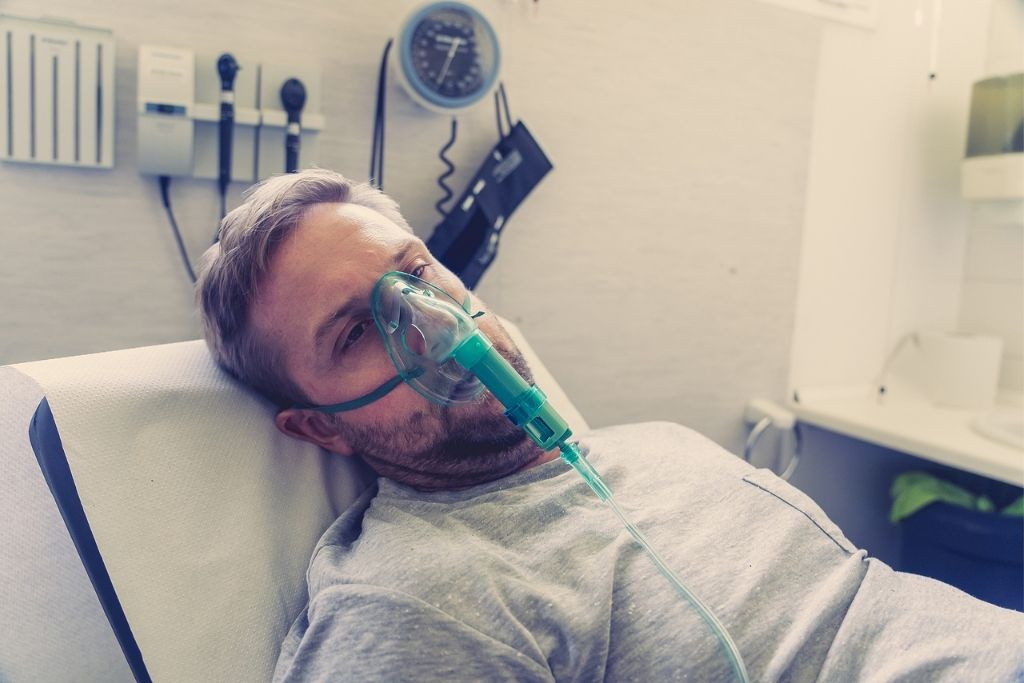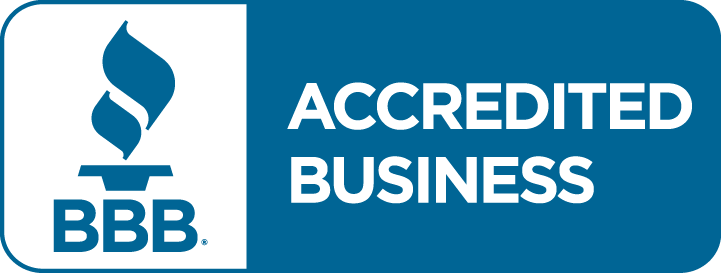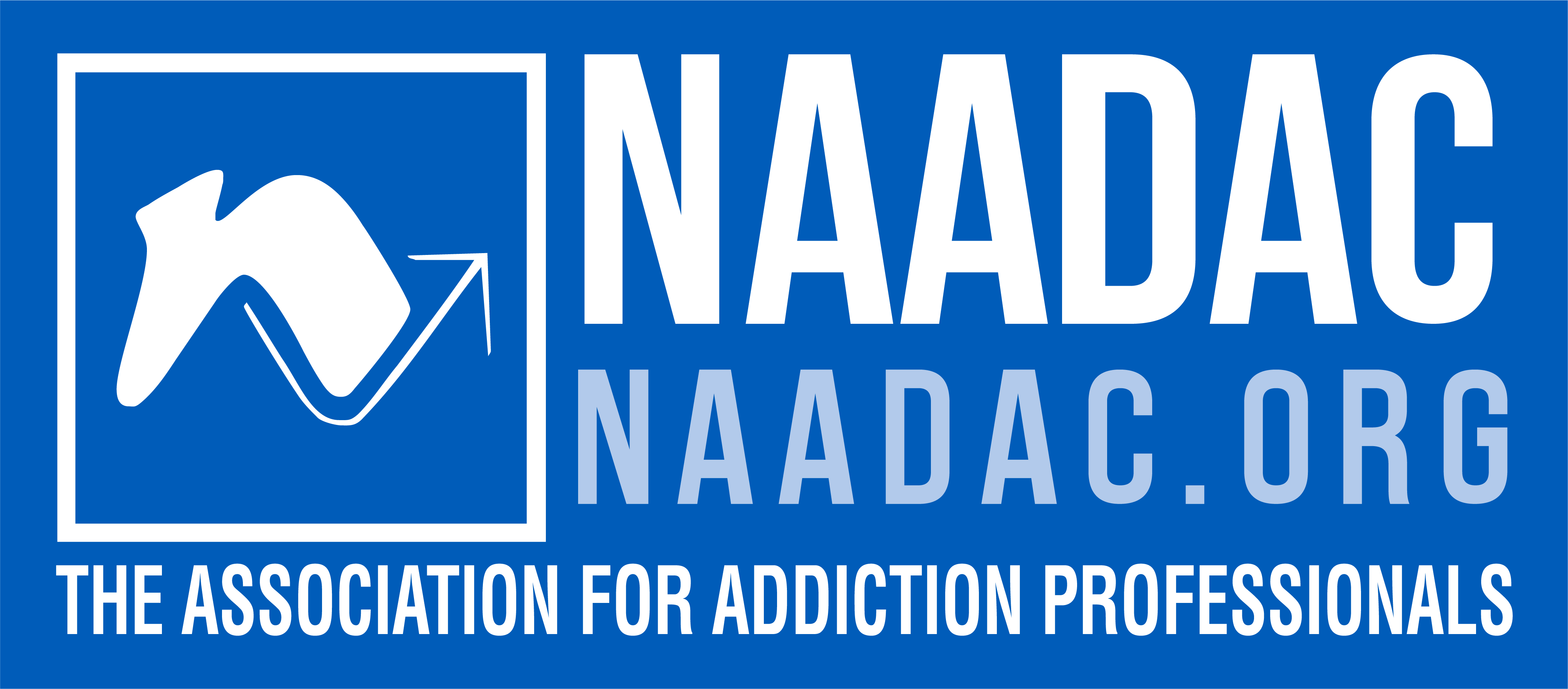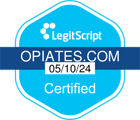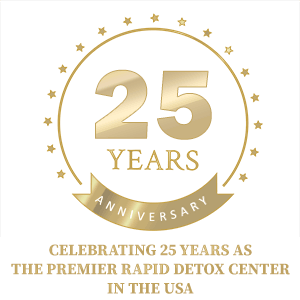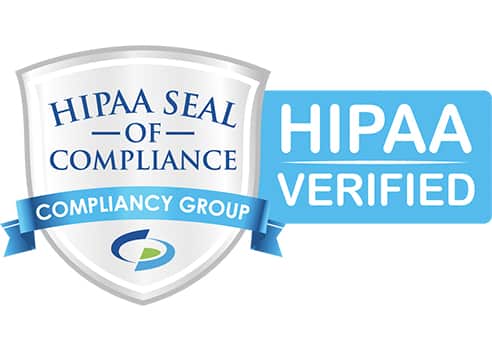A methadone maintenance program may help some people successfully wean from opiate addiction by alleviating withdrawal. However, this long-term treatment may cause habitual use, leading to the need for another opiate detoxification. Methadone can treat pain but is most known as an opiate replacement therapy to treat addiction to heroin and other opiates. Methadone is a Schedule II Controlled Substance in the U.S., meaning there’s a high potential for abuse and illegal diversion. Recreational, or non-medical use, is dangerous and can lead to problems including addiction, withdrawal and overdose.
Methadone is potent therefore it’s necessary for patients to take exactly as prescribed to avoid serious complications. Methadone depresses the central nervous system and is highly dangerous when mixed with other substances that have this effect. These include alcohol, other opiates and sedatives. Overdose can occur from mixing these substances and there are several reported cases of overdose due to combining methadone and benzodiazepines.
Methadone May Not Be For Everyone
Elderly or debilitated patients should use methadone with caution because of its side effects. For example, these can include sedation and dizziness. They may be especially sensitive to the effect of respiratory depression. Patients taking methadone should use extreme caution if they have any of the following medical issues: sleep apnea, morbid obesity, head injury, asthma and chronic obstructive pulmonary disease. Doctors should explore alternatives for people who have these issues or start them at the lowest possible effective dose of methadone.
Taking methadone in any way that is outside the recommended dosage can lead to issues of tolerance, dependency and addiction. No one sets out to become addicted to pain medication. The drugs can build up in the system, causing patients to develop a tolerance and require more and more to experience pain relief. Physical addiction to methadone is serious and marked by an opiate withdrawal syndrome from abruptly stopping use. Withdrawal can be a very difficult time, marked by a degrading and painful process that keeps many entrenched in the cycle of addiction.
Opiate Detox Can Be Accomplished Without Maintenance Therapy
Professionals can manage withdrawal and eliminate opiate addiction in a safe, effective manner. Waismann Method provides rapid detox for opiates without relying on opiate replacements or maintenance programs with methadone or Suboxone. In fact, we’ve been treating more and more patients who have become dependent upon their replacement medication. Our quadruple board-certified physician performs the rapid detox medical procedure in a full-service hospital. As a result, staff can closely monitor patients. We use intravenous medication to remove the methadone from patients’ brain receptors. This takes less than two hours and patients are sedated during the process. The procedure accelerates withdrawal and patients awaken from the procedure without the awareness they even experienced withdrawal symptoms.
Patients stay in the hospital for 2 to 4 days before staff transfers them to the recovery center. At our Domus Retreat aftercare facility, patients receive around-the-clock care along with services to assist in a quick and successful recovery.

